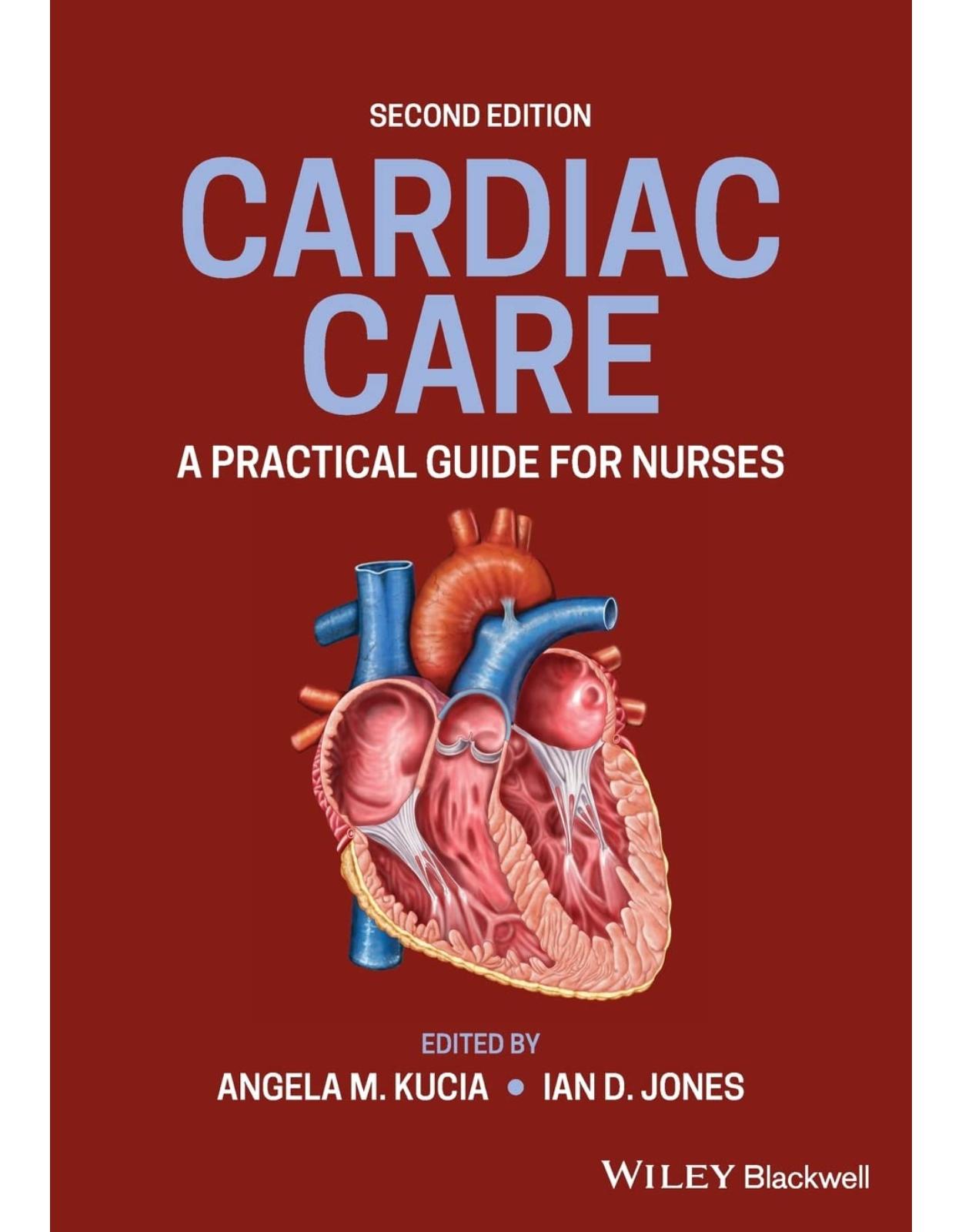
Cardiac Care: A Practical Guide for Nurses
Livrare gratis la comenzi peste 500 RON. Pentru celelalte comenzi livrarea este 20 RON.
Disponibilitate: La comanda in aproximativ 4 saptamani
Autor: Angela M. Kucia
Editura: Wiley
Limba: Engleza
Nr. pagini: 480
Coperta: Paperback
Dimensiuni: 18.9 x 2.4 x 24.6 cm
An aparitie: 26 Aug. 2022
A PRACTICAL GUIDE FOR NURSES
In the newly revised Second Edition of Cardiac Care: A Practical Guide for Nurses, a team of dedicated and widely recognised nursing medical experts from around the world deliver an invaluable and practical guide for nurses who practice in cardiac care environments.
This latest edition includes brand new chapters on structural heart disease, takotsubo syndrome, and non-obstructive coronary artery disease. While also covering the essential topics necessary for the proper provision of cardiac care, this practical guide for nurses provides:
A thorough introduction to cardiac practice, including the mechanics of the cardiovascular systems and the regulation of cardiac and vascular function
Comprehensive exploration of cardiovascular disease assessment, including risk factors for cardiovascular disease, laboratory tests, and diagnostic procedures
Practical discussions of the detection and management of heart rhythm disturbances, including ECG interpretation, cardiac monitoring, and arrhythmias
In-depth examinations of the detection and management of acute coronary syndromes, including chest pain assessment and discharge planning
Chapter overviews, key concepts, learning objectives and activities, with critical points intermingled throughout
Perfect for practicing nurses who care for patients with cardiac conditions, Cardiac Care: A Practical Guide for Nurses will also earn a place in the libraries of other allied health professionals in cardiac care settings.
Table of Contents:
Part I: Knowledge for Practice
1 Mechanics of the Cardiovascular System
Overview
Basic Heart Anatomy
References
2 Regulation of Cardiac and Vascular Function
Overview
Central Nervous System Regulation of the Cardiovascular System
Vasomotor Control
Baroreceptors
Gravity and Venous Return
Chemoreceptors
Humoral Control
Electrolytes
Conclusion
References
3 Cardiac Electrophysiology
Overview
Cardiac Cells
The Action Potential
The Action Potential in Non‐Pacemaker Cells
The Cardiac Conduction System
The Electrocardiogram
Conclusion
References
4 The Coronary Circulation
Overview
The Coronary Circulation
The Left Main Coronary Artery
The Left Anterior Descending Artery
The Left Circumflex Artery
The Right Coronary Artery
Collateral Circulation
Microvascular Circulation
Coronary Venous Circulation
References
Part II: Cardiovascular Disease Assessment
5 Risk Factors for Cardiovascular Disease
Overview
Absolute Risk
Classification of Risk Factors for CVD
Biomedical Risk Factors
Behavioural Risk Factors
Psychosocial Risk Factors
Conclusion
References
6 Cardiovascular Assessment
Overview
Health History
Physical Examination
Conclusion
References
7 Laboratory Tests Used in Acute Cardiac Assessment
Overview
Generic Laboratory Tests
Common Laboratory Tests Used in Cardiovascular Disease
Laboratory Specimen Collection
Conclusion
References
8 Diagnostic Procedures
Overview
Purpose of Diagnostic Tests
Preparation for Diagnostic Procedures
Medical Imaging Tests
Electrocardiography Tests
Physiological Testing
Stress Testing
Conclusion
References
Part III: Detection and Management of Heart Rhythm Disturbances
9 Electrocardiogram (ECG) Interpretation
Overview
Normal Sequence of Depolarisation and Repolarisation
Theoretical Basis of Electrocardiography
ECG Leads
The Cardiac Axis
Determination of Heart Rate and Electrocardiographic Intervals
Chamber Enlargement
Bundle Branch Block
ECG Changes Related to Myocardial Ischaemia and Infarction
Myocardial Infarction
The ST‐Segment
Pericarditis
Key Point
T‐Wave Abnormalities
Q‐Waves
Site of Infarction
Incremental ECG Leads
Obtaining a 12‐Lead ECG
Equipment Preparation
Patient Preparation
Conclusion
References
10 Cardiac Monitoring in the Clinical Setting
Overview
ECG Monitoring Systems and Lead Formats
Three‐Electrode Monitoring Systems
Five‐Electrode Monitoring Systems
Twelve‐Lead (10 Electrode) Monitoring Systems
Telemetry Monitoring Systems
Indications for Arrhythmia Monitoring in the Clinical Setting
Alarm Fatigue
References
11 Arrhythmias
Overview
Mechanisms of Arrhythmia Generation
Ectopy, Aberrancy and Escape Beats
Sinus Dysrhythmias
Atrial Dysrhythmias
Ventricular Rhythms and Tachyarrhythmias
Heart Block Related to Atrioventricular Nodal Conduction
Conclusion
References
12 Assessment and Management of Cardiac Rhythm Disturbances (Arrhythmias)
Overview
Assessment
Taking a Clinical History
Physical Examination
Diagnostic Investigations
Smartphone Technology
Imaging
Diagnosis of Cardiac Channelopathies
Treatment Strategies for Arrhythmia
Pharmacological Therapy
Electrical (Direct Current) Synchronised Cardioversion
Defibrillation
Cardiac Ablation
Temporary Pacing
Temporary Transvenous Pacing
Transcutaneous Pacing
Other Forms of Temporary Pacing
Implantable Cardiac Devices
Implantable Pacemakers
Implantable Cardioverter Defibrillators
Implantation Procedure for Cardiac Devices
Implantable Device Complications
Practical Advice for Patients Following Device Implantation
Advanced Nursing Roles in Arrhythmia Management
References
Part IV: Detection and Management of Acute Coronary Syndromes
13 Pathogenesis of Acute Coronary Syndromes
Overview
Acute Coronary Syndrome
Atherosclerosis
Endothelial Dysfunction
Inflammation
Plaque Rupture and Thrombosis
Pathological Characteristics of Myocardial Ischaemia and Infarction
Conclusion
References
14 Chest Pain Assessment
Overview
Background
Coronary Heart Disease
Angina Pectoris
Acute Coronary Syndrome
Myocardial Infarction with Non‐Obstructive Coronaries (MINOCA)
Presentation with Chest Pain in the Emergency Department
Typical Clinical Presentation of Ischaemic Chest Pain
Atypical Presentations
Chest Pain Assessment
Physical Examination in ACS Patients
The 12‐lead Electrocardiogram in ACS
Troponin
Clinical Assessment and Risk Stratification in ACS
Conclusion
References
15 Risk Stratification in Acute Coronary Syndromes
Overview
Background
The Nature of Risk in Cardiovascular Disease
Risk Stratification for Differentiating Between Likely Cardiac‐Related Pain and Non‐Cardiac Pain
Risk Stratification Tools
The HEART Score
Rule‐in/Rule‐out Strategies for NSTE‐ACS
Conclusion
References
16 Management of Acute Coronary Syndromes
Overview
Background
Considerations in Nursing Care of the Patient with Acute Coronary Syndrome
ST Elevation Acute Coronary Syndrome (STE‐ACS)
ST‐segment Myocardial Infarction (STEMI)
Ischaemic ECG Abnormalities not Meeting STEMI Criteria
Cardiac Biomarkers in STEMI
Principles of Reperfusion Strategies
Mechanical Reperfusion
Role of the Nurse when Caring for a Patient Receiving Thrombolysis
Complications of STEMI
Non‐ST‐segment Elevation Acute Coronary Syndrome (NSTE‐ACS)
Convalescence and Secondary Prevention
Conclusion
References
17 Discharge Planning and Convalescence
Overview
Hospitalisation
Patient and Partner Reactions and Needs after an Acute Cardiac Event
Discharge Planning
High‐Risk Groups
Convalescence
Promoting Self‐Care and Self‐Management in the Convalescent Phase
Common Concerns of Partners and Family Members
Facilitating Convalescence
Home‐Based Services
Nurse‐Led Clinics
Community Health Workers
Information Technology
Nursing Strategies to Promote Convalescence
Palliative Care
Conclusion
References
18 Prevention Strategies in Cardiovascular Disease
Overview
Prevention Strategies
Primary Prevention in Cardiovascular Disease
Secondary Prevention in Cardiovascular Disease
Target Population for Secondary Prevention
Cardiac Rehabilitation
Assessment and Short‐Term Monitoring
Lifestyle/Behavioural Modification
Psychosocial Risk Factors
Medication Adherence
Recovery and Longer‐Term Maintenance
Conclusion
References
Part V: Cardiac Arrest
19 Sudden Cardiac Death
Overview
Background
Burden of Disease
Risk Factors for Sudden Cardiac Death
Screening in the General Population for Risk of Sudden Cardiac Death
Mechanisms of Sudden Cardiac Death
Sudden Cardiac Death in Structural Heart Disease
Cardiomyopathies and Sudden Cardiac Death
Inherited Primary Arrhythmia Syndromes
Sudden Cardiac Death Related to Special Populations
Impact of Sudden Cardiac Death on Families and Loved Ones
Conclusion
References
20 Pre‐hospital Management of Cardiac Emergencies
Overview
Introduction
Hazards to the Victim and Rescuer
Scene Safety
Risks to the Rescuer
Resuscitation During the COVID‐19 Pandemic
Risks to the Victim
Circumstances that make OHCA Different from Hospital Resuscitation
Pauses in Chest Compressions
Automated External Defibrillation
Practical Factors Affecting Defibrillation
Chest Compressions Following Defibrillation
Conclusion
References
21 In‐Hospital Resuscitation
Overview
Prevention: Systems for Identifying Patients at Risk of Cardiac Arrest
Recommended Strategies for the Prevention of Avoidable Cardiac Arrest
Rescuer Safety
Equipment
Basic Life Support
Advanced Life Support
Post‐Resuscitation Care
Audit and Data Collection
Conclusion
References
22 Ethical Issues in Resuscitation and end of Life Care
Overview
Guiding Ethical Principles in Resuscitation
Medical Futility
Resuscitation Orders
Advanced Care Planning and Advanced Directives
Withdrawal of Treatment
Witnessed Resuscitation
Organ Donation
Training and Research with the Newly Dead
Conclusion
References
Part VI: Chronic Cardiac Conditions
23 Heart Failure
Overview
Definition of Heart Failure
Heart Failure Terminology
Epidemiology
Significance
Prognosis
Aetiology
Diagnosis
Investigations
Chronic Heart Failure Management
Comorbidities in Heart Failure
Systems of Care
End of Life
Conclusion
References
24 Congenital Heart Disease
Overview
Background
Epidemiology
Risk Factors for the Development of Congenital Heart Disease
Embryology
Congenital Heart Disease Classification
CHD with Shunt Between Systemic and Pulmonary Circulation
Acyanotic CHD
Acyanotic CHD with Outflow Obstruction
Cyanotic CHD
Dextrocardia
Conclusion
References
25 Structural Heart Disease
Overview
Valvular Heart Disease
Aortic Valve Disease
Cardiomyopathy
Other Forms of Cardiomyopathy
The Multidisciplinary Team Caring for Patients with Acquired Structural Heart Disease
Conclusion
References
26 Takotsubo Syndrome
Overview
Background
Epidemiology
Prognosis
Pathophysiology
Triggers for TTS
Clinical Presentation
Wall Motion Abnormalities in TTS
Cardiac Biomarkers
Diagnostic Criteria
Diagnostic Imaging
Clinical Course
Management
Conclusion
References
27 Non‐Obstructive Coronary Artery Disease (MINOCA/INOCA)
Overview
Myocardial Infarction with Non‐Obstructive Coronary Arteries (MINOCA)
Management
Conclusion
References
Index
End User License Agreement
| An aparitie | 26 Aug. 2022 |
| Autor | Angela M. Kucia |
| Dimensiuni | 18.9 x 2.4 x 24.6 cm |
| Editura | Wiley |
| Format | Paperback |
| ISBN | 9781119117780 |
| Limba | Engleza |
| Nr pag | 480 |

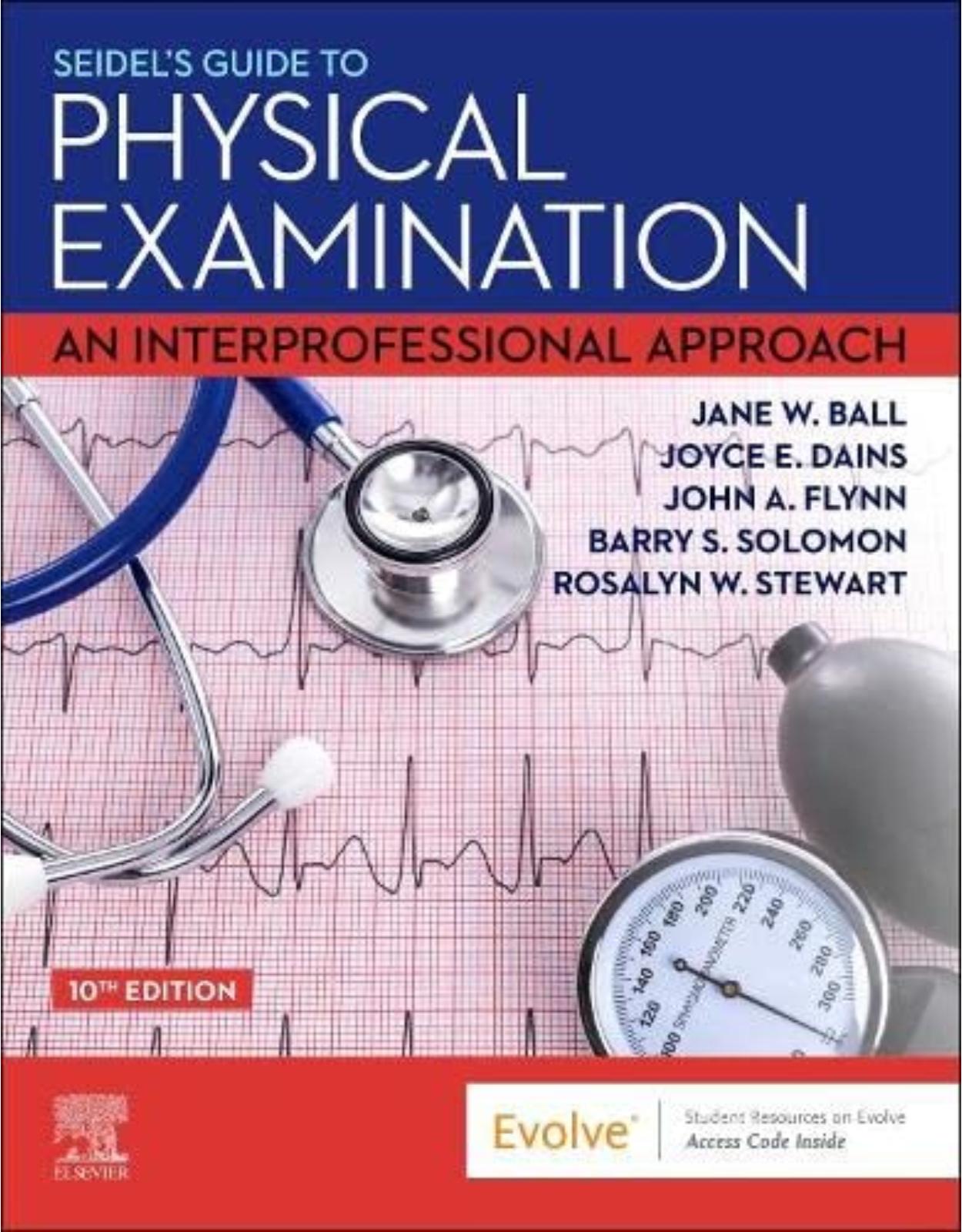
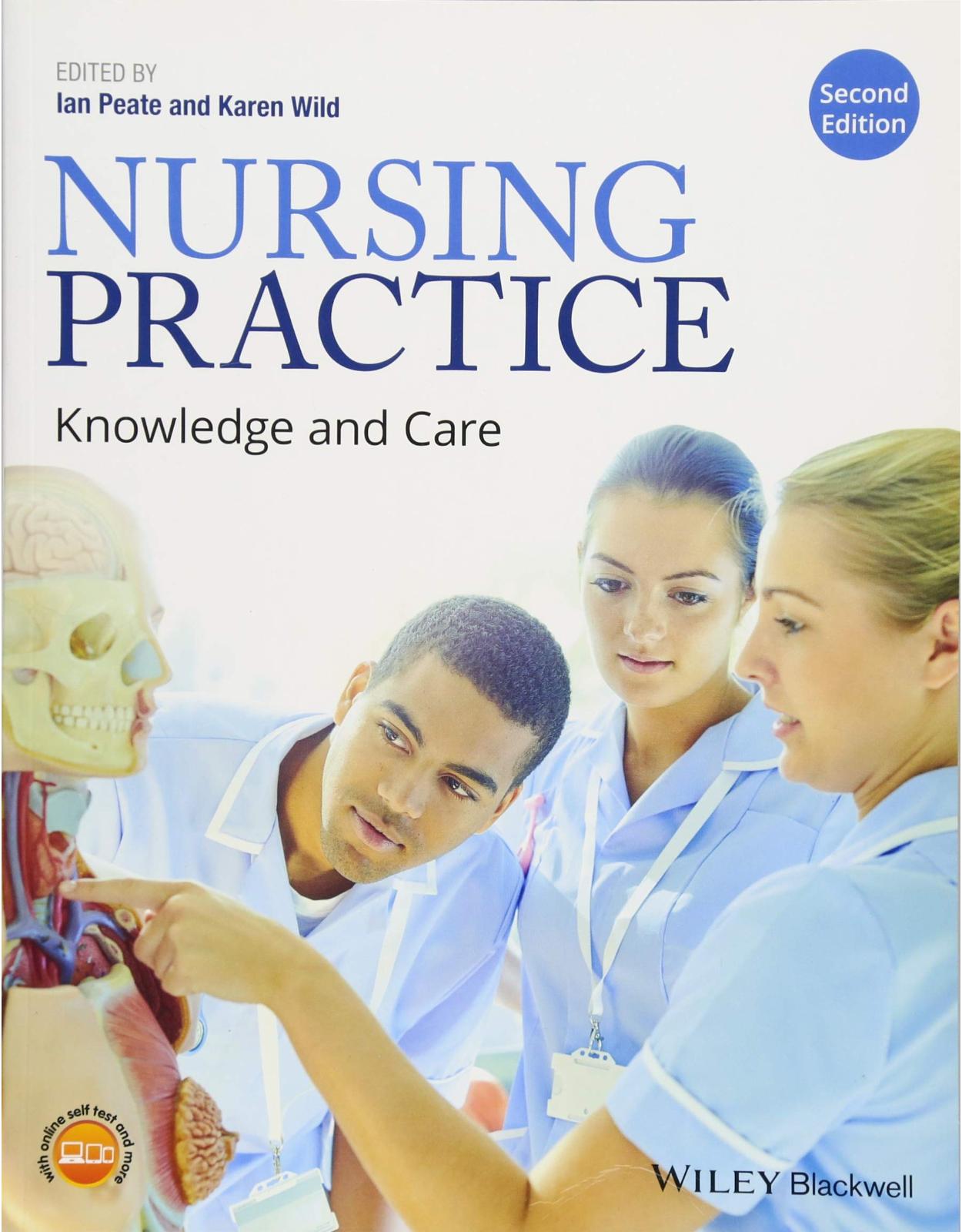
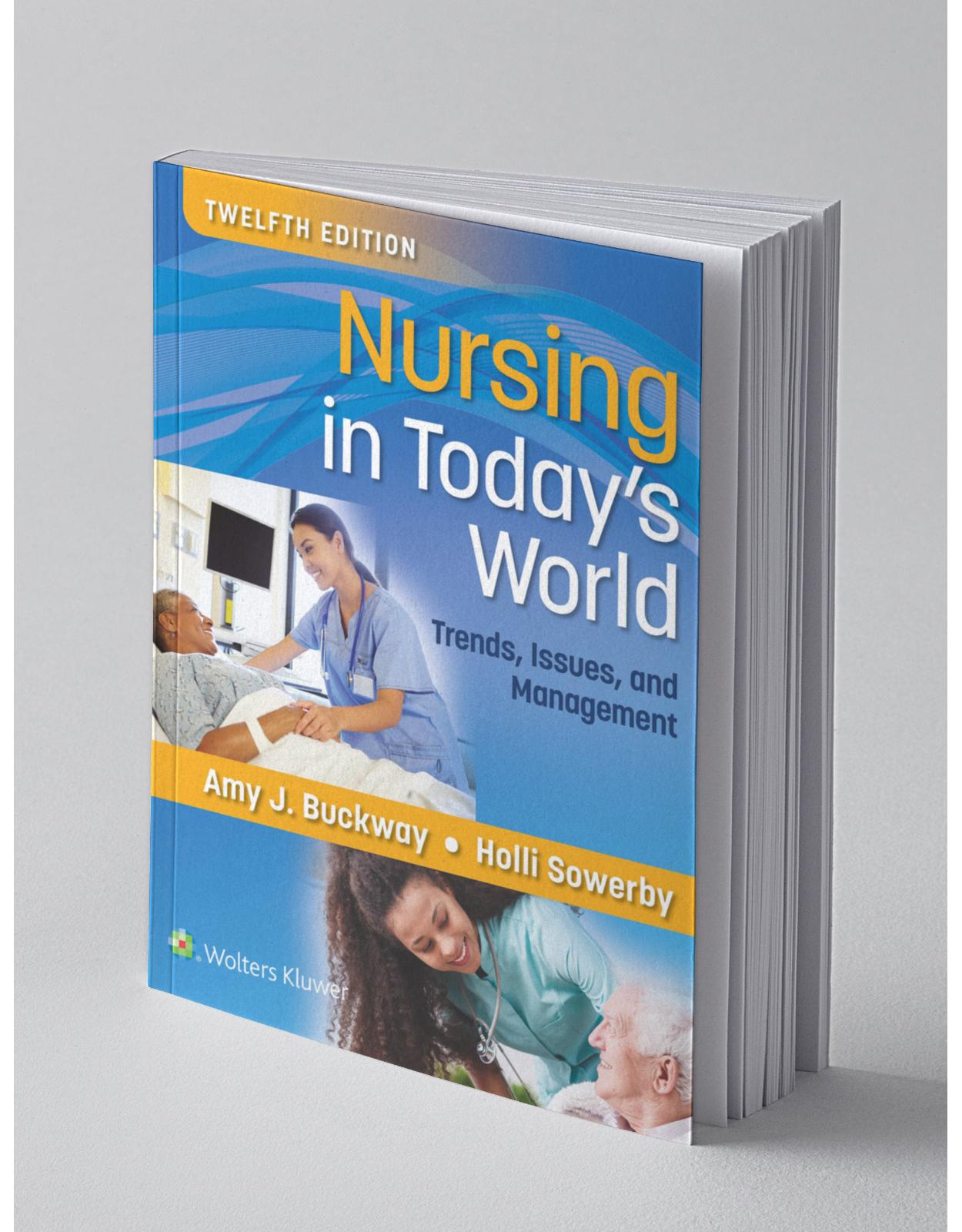
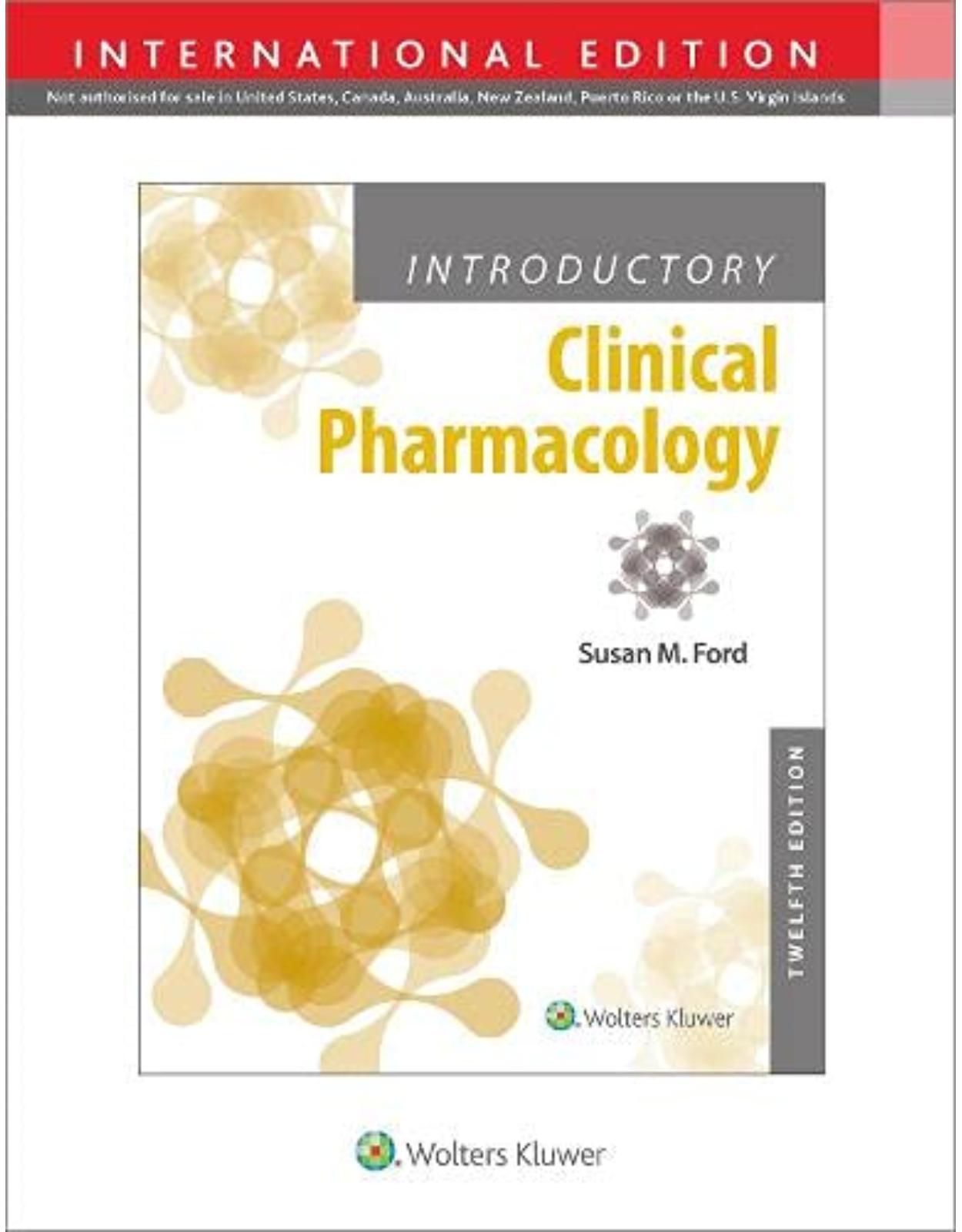
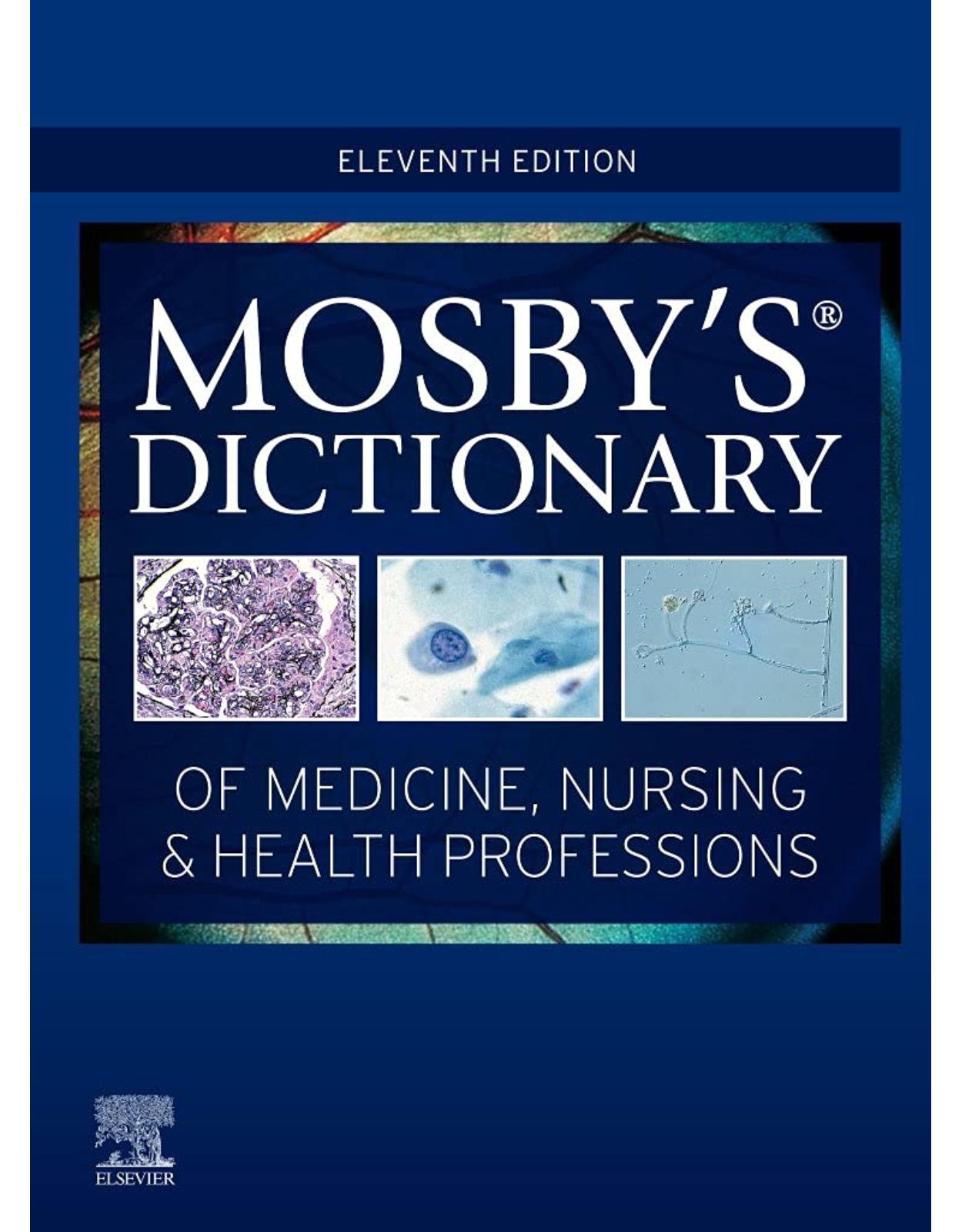
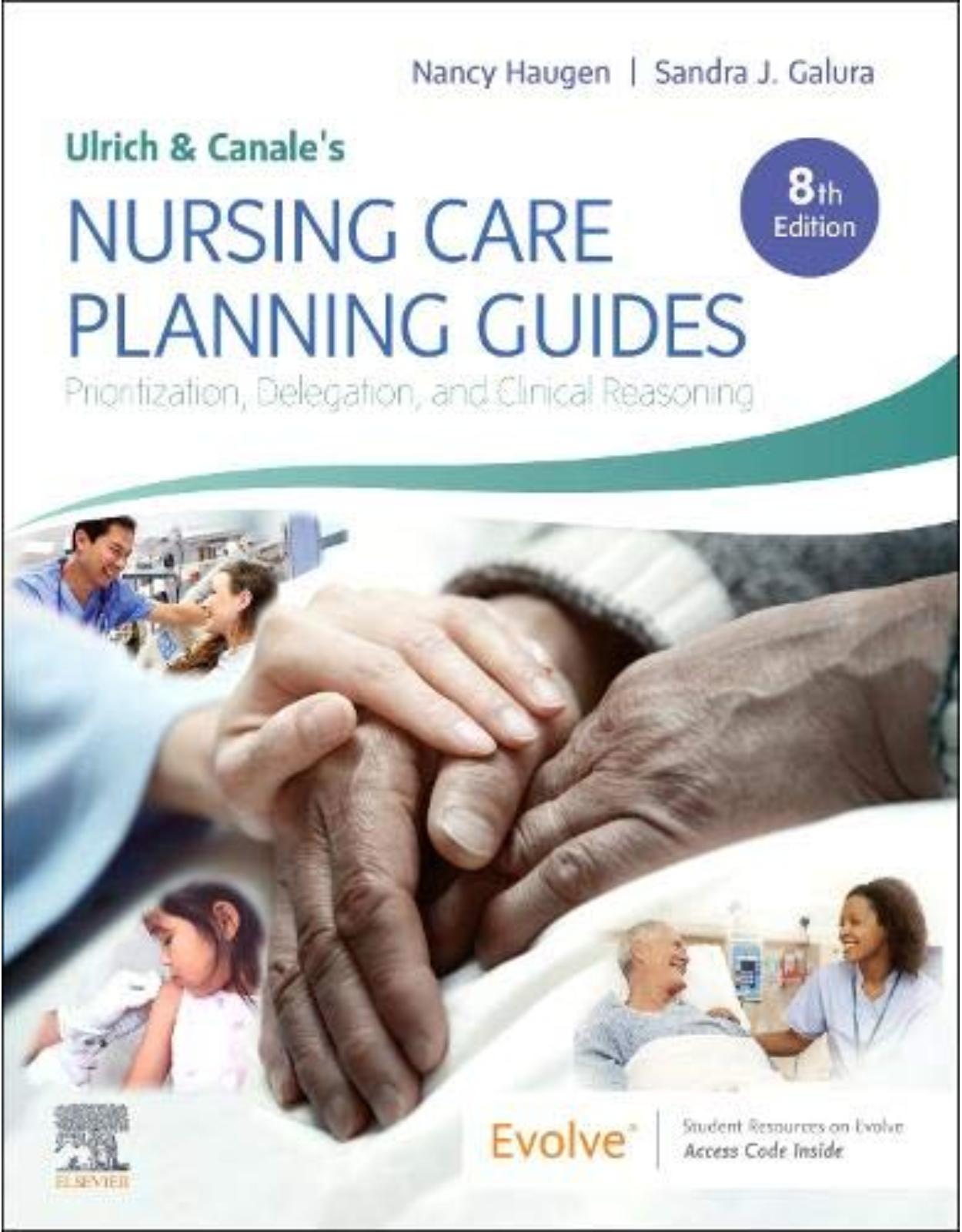
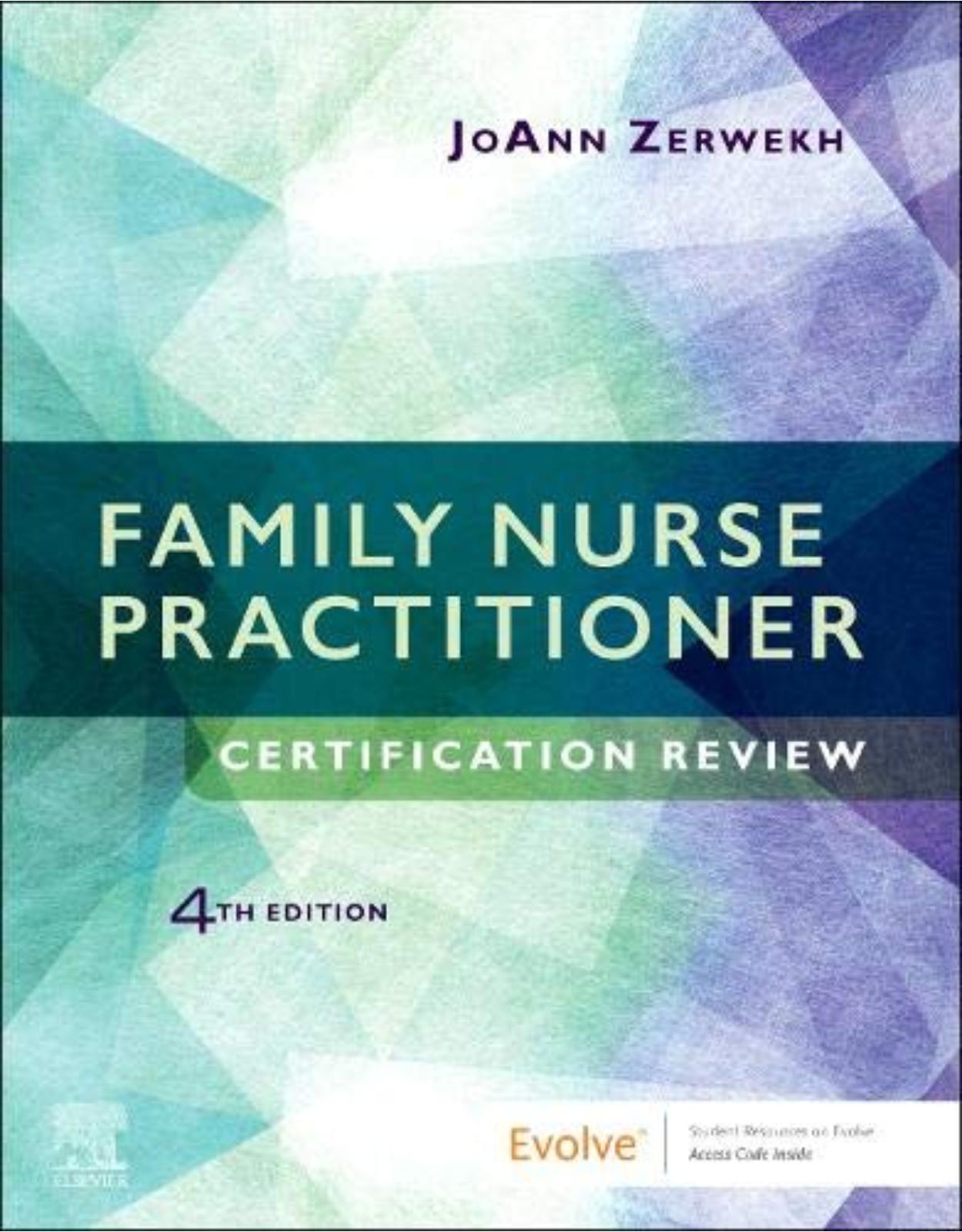
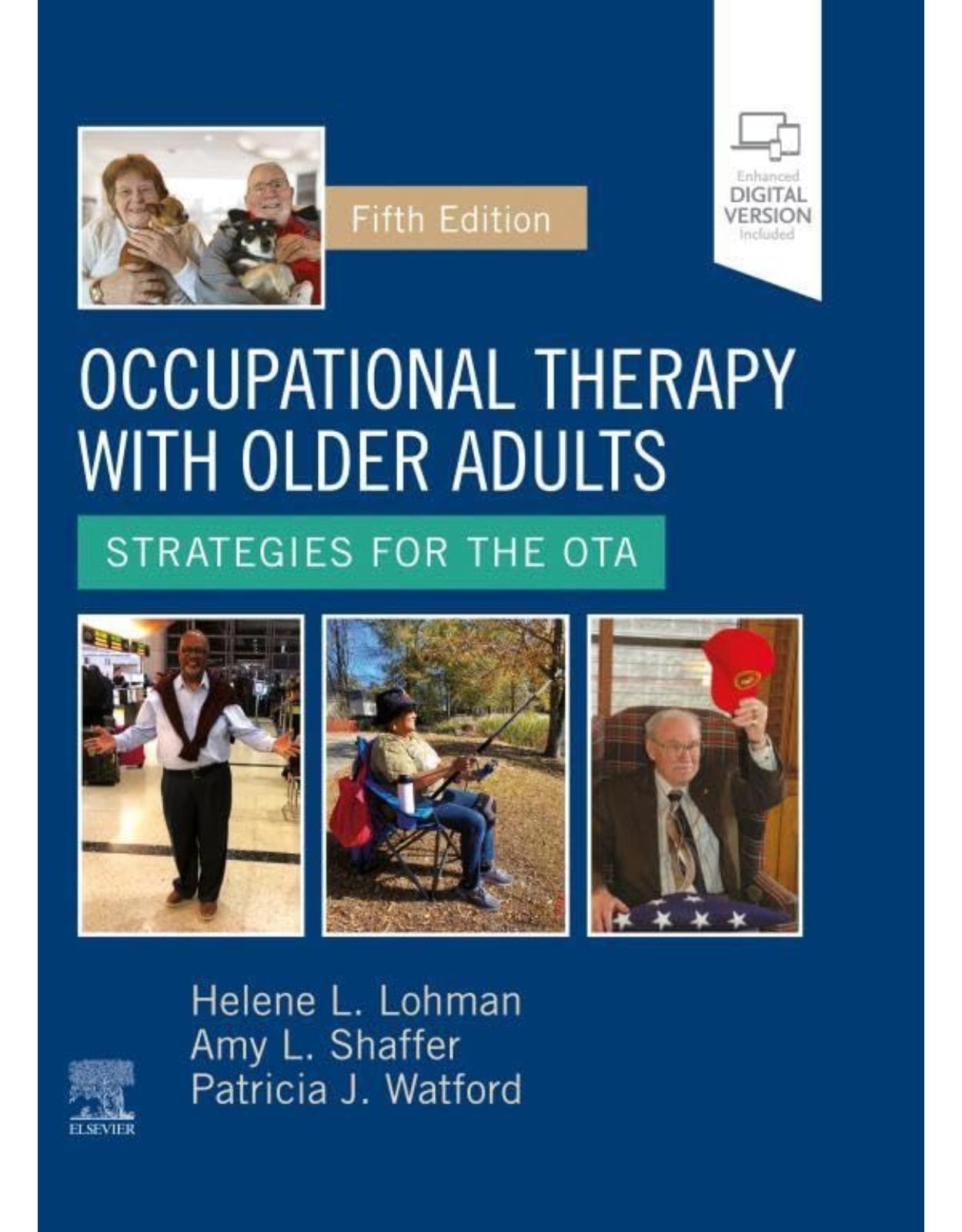
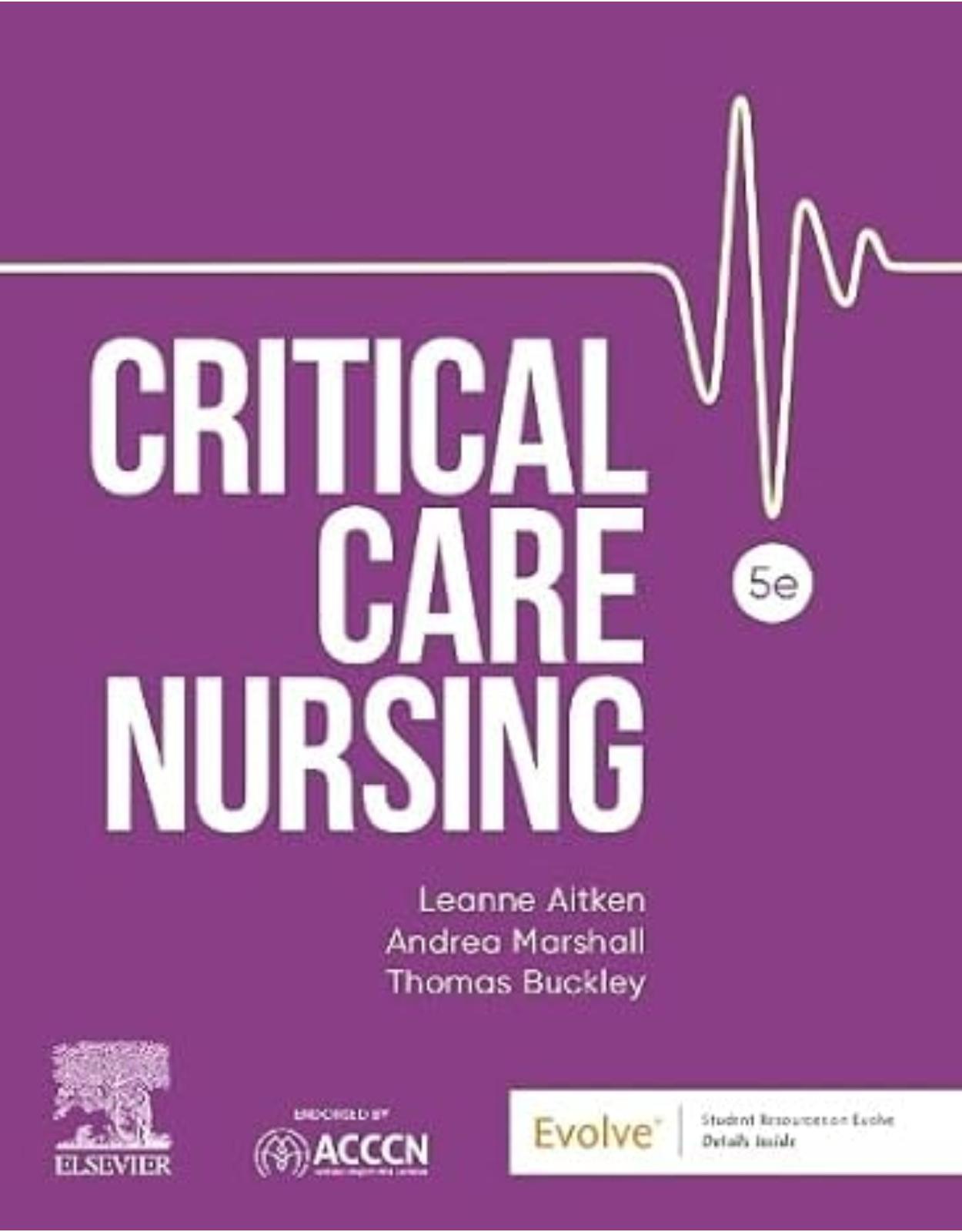
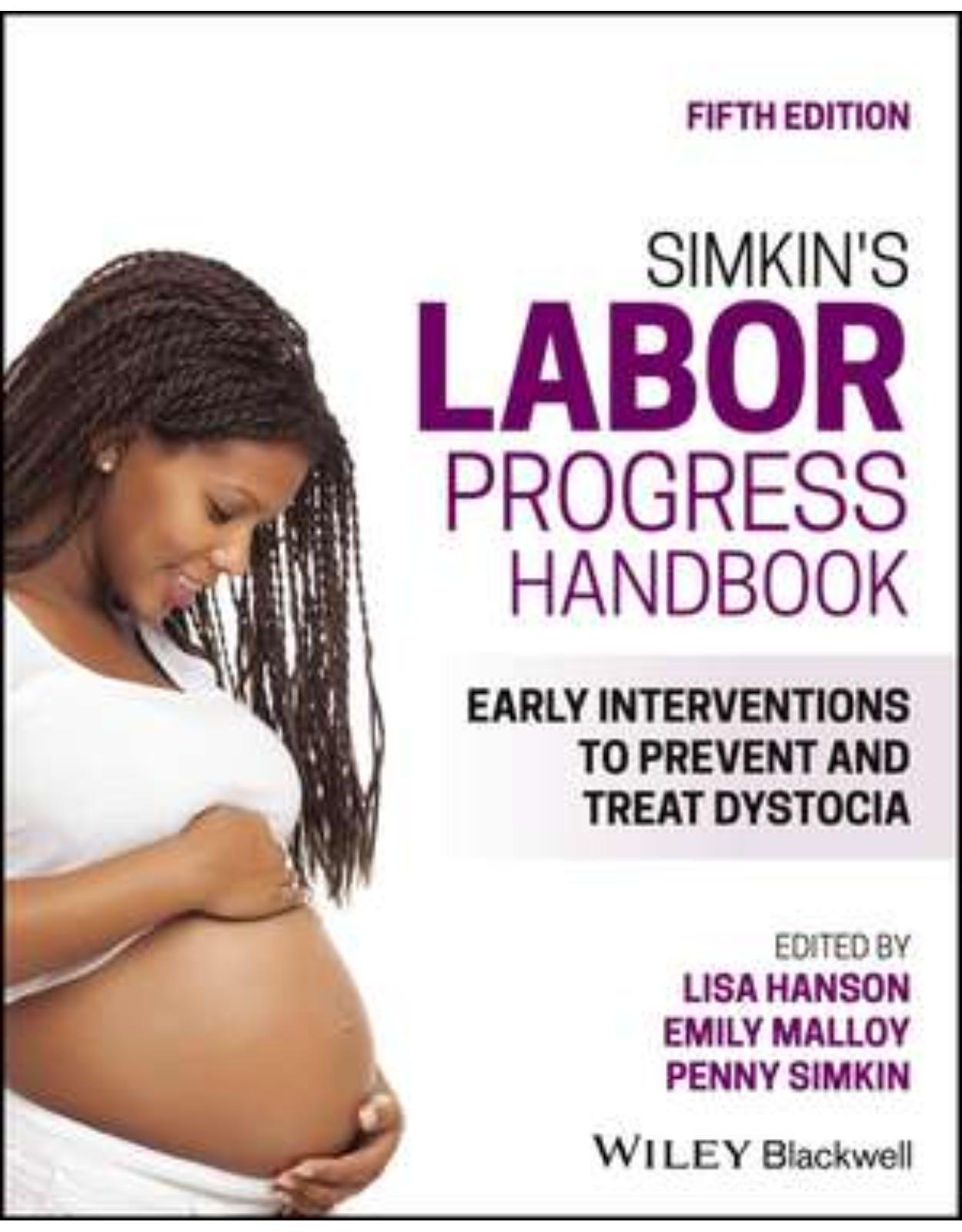

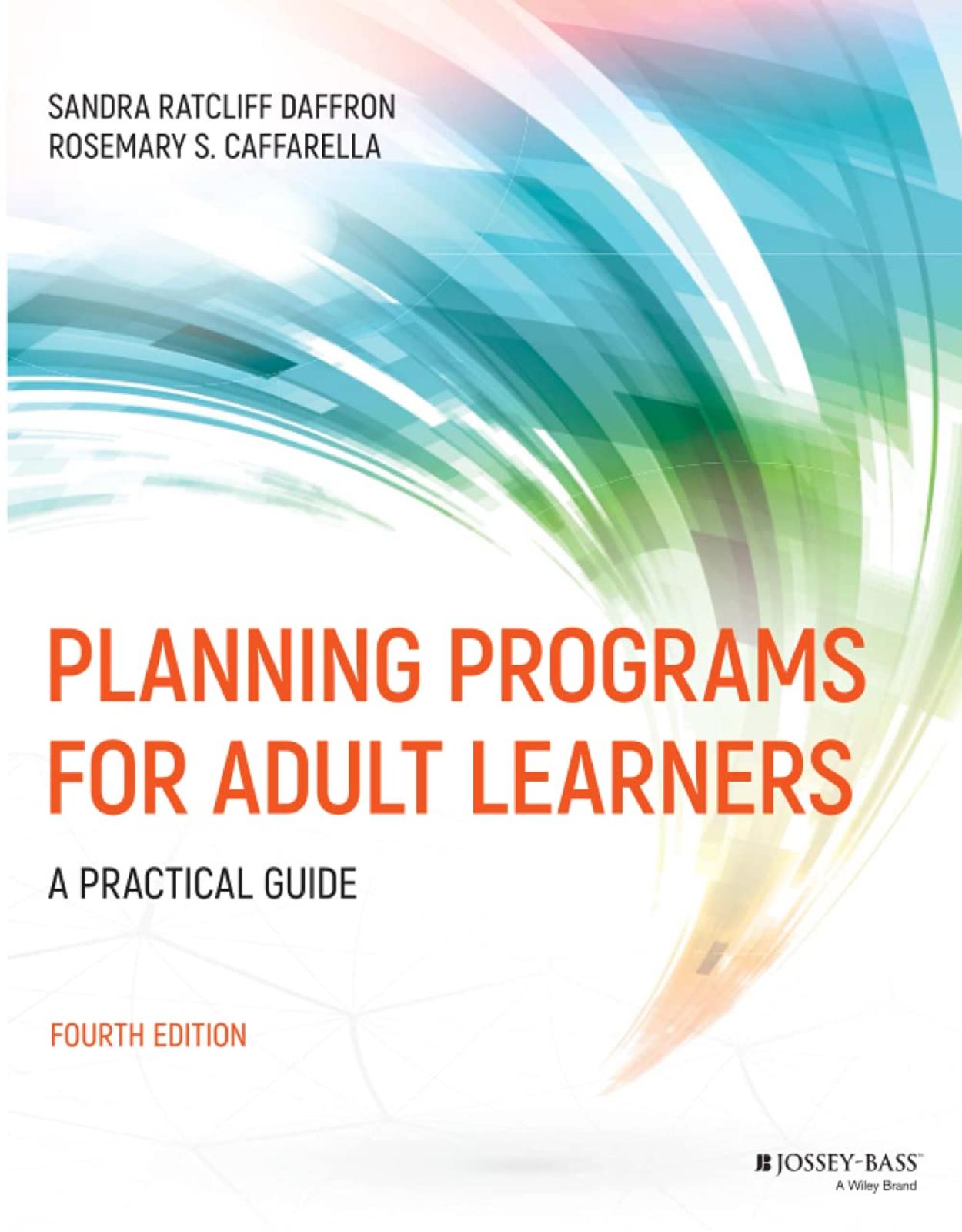
Clientii ebookshop.ro nu au adaugat inca opinii pentru acest produs. Fii primul care adauga o parere, folosind formularul de mai jos.